Mogao Grottoes
Mogao Grottoes
Mogao Grottoes, commonly known as Thousand Buddha Caves, are located in Dunhuang at the western end of Hexi Corridor. It was built in the pre-Qin period of the Sixteen Kingdoms. After the construction of the Sixteen Kingdoms, the Northern Dynasty, the Sui Dynasty, the Tang Dynasty, the Five Dynasties, the Western Xia Dynasty and the Yuan Dynasty, it has formed a huge scale with 735 caves, 45,000 square meters of murals and 2415 clay painted sculptures. It is the largest and richest Buddhist art site in the world.
In 1961, Mogao Grottoes was announced by the State Council of the People's Republic of China as one of the first batch of key cultural relics protection units in the country. In 1987, Mogao Grottoes were listed as world cultural heritage.
Mogao Grottoes, Yungang Grottoes in Datong, Shanxi, Longmen Grottoes in Luoyang, Henan, and Maijishan Grottoes in Tianshui, Gansu are known as the four major Grottoes in China.
value
historical value
The construction of Dunhuang grottoes and its historical process, the long history of Dunhuang, the local influential clans and surnames, and the relationship between Dunhuang and the surrounding ethnic groups and the Western Regions are not or seldom recorded in history. There are tens of thousands of portraits of providers in Dunhuang Grottoes, of which more than 1,000 have titles and titles. Can understand many historical conditions and historical clues.
Bensheng, Buddhist biography, Futian Sutra, Maitreya Sutra, Baoyu Sutra, Lengga Sutra and the inscriptions of the providers can help us understand the conditions of ancient economic life.
The changes of the French and Chinese classics and Nirvana classics provide valuable images of ancient military training, expeditions, expeditions, offensive and defensive operations, as well as weapons and equipment.
Dunhuang murals contain sports attributes such as riding and shooting, target shooting, horse racing, horse vaulting, sumo wrestling, weight lifting (elephant lifting, bell lifting), chess, pot throwing, martial arts, swimming, polo and cui.
Most of the painted sculptures and murals in Dunhuang Grottoes are Buddhist contents, such as painted statues and murals, Sakyamuni's original life, karma, Buddhist story paintings, various classical paintings, numerous Eastern Buddhist story paintings, mythological figure paintings and so on, each of which has a large number of rich and systematic materials. It also involves India, West Asia, Central Asia, Xinjiang and other regions. It can help us to understand the Buddhist thoughts, sects, beliefs, dissemination of ancient Dunhuang and Hexi Corridor, the integration of Buddhism and Chinese traditional culture, and the process of Buddhism's sinicization, etc.
artistic value
The 1,000-year history of the construction of Dunhuang Grottoes coincides with the important period of development in which the Chinese calendar has been divided and divided for a long time since the Middle and Upper Han Dynasties, moving towards national integration and unification between the North and the South, reaching the peak of the Tang Dynasty and declining from peak to decline. During this period, it was the formation and development period of the procedures, schools, categories and theories of Chinese art, and after the introduction of Buddhism and Buddhist art, Chinese Buddhist theory and Buddhist sects were established and developed. Buddhist art and art became an important category of Chinese art and finally completed the period of sinicization.
From the perspective of the category of Chinese painting art, the figure painting, landscape painting, animal painting and decorative pattern painting in Dunhuang Grottoes murals have a history of thousands of years. They have their own system and a large number of characteristics. They can become independent history of figure painting, landscape painting, animal painting and decorative pattern painting. Especially preserved before the Song Dynasty, that is, before the 10th century, so rich examples of figure painting, landscape painting, animal painting, decorative patterns, which is unprecedented in museums around the world.
There are more than 200 caves with musical themes in Dunhuang frescoes, and there are many bands, geishas and musical instruments. According to statistics, there are more than 500 groups of different types of bands. There are more than 40 kinds of musical instruments, totaling more than 4500 pieces. There are also music scores and other music materials in Dunhuang Tibetan scriptures and caves. Rich music image data show the continuous development and change of Chinese music culture in the past thousand years. In order to study the history of Chinese music, Chinese and Western music exchanges provide valuable information.
Most of the frescoes in Dunhuang Grottoes have dancing images. There are dance scenes and dancing images reflecting human social life and customs, such as music and dance in the Western Regions, folk feasts and wedding dances, changing scenes of court and noble Yan music and dancing, and dancing images of celestial realms, such as dancing images of flying heavens, supporting Geisha music, etc. There are also dance scores and related materials preserved in the Tibetan Sutra Cave. Dance art is the art of time and space that can not be retained. The ancient dance image is little known by modern people. As far as the collection of dance image in Dunhuang Grottoes is concerned, it can be called a museum of dance art. It preserves numerous excellent dance skills and perfect dance art images, representing the development of dance in various times and its development process.
The art of Dunhuang Grottoes contains abundant information on architectural history. Dunhuang murals from the Sixteenth Kingdom to the Western Xia Dynasty depict tens of thousands of different types of architectural paintings, including Buddhist temples, city walls, palaces, imperial palaces, caves, vaults, tents, curtains, inns, hotels, slaughterhouses, beacon towers, bridges, prisons, tombs and so on. These buildings have groups of buildings with yard layout and single buildings. The murals also left a wealth of architectural components and decorations, such as bucket arches, pillars, doors and windows, and construction drawings. Architectural image materials for thousands of years show a history of Chinese architecture. It is precious that the essence of Dunhuang's architectural materials reflects the architectural features of the four hundred years from the Northern Dynasty to the Sui and Tang Dynasties, filling the gaps in the lack of architectural materials from the Northern and Southern Dynasties to the prosperous Tang Dynasty. In addition, more than 800 cave buildings of different shapes, five wooden eaves of Tang and Song dynasties, and the Shrine Towers of cave temples in different periods are precious architectural material materials preserved in ancient times to this day.
Value of science and technology
Dunhuang, as a hub of communication between China and the West, has left not only the scene of business and travel exchanges, but also the image data of precious means of transportation on the murals. They have cattle, horses, camels, mules, donkeys, elephants, boats, boats, cars, sedan chairs, public opinions, handkerchiefs, etc. Commonly used vehicles are of different types, such as "bullock cart", "bullock cart", "bullock cart", "open-shed bullock cart", "horse-drawn cart", "camel cart", "child cart" and "wheelbarrow". Especially, precious image data such as wheelbarrow, harness (brace harness and shoulder harness), horseshoe, etc., which China has made a unique contribution to the world's traffic tools are preserved. 。
From Sui Dynasty to Xixia Dynasty, statue paintings, Buddha, Bodhisattva, disciples'hands and tables were painted with glassware, such as bowls, cups, bowls, bottles and plates. They were transparent, light blue, light green and light brown. The style, color and decoration of these glassware showed the Sassanian style or Roman style of West Asia, which showed that these glassware were imported from West Asia. Murals not only reflect the characteristics of ancient glass crafts, but also reflect the glass trade between China and the West.
Protection status
Foreign cooperation
In 1992, it was built by the Japanese government free of charge and located opposite the ticket office. It is a semi-underground museum with free admission tickets to Mogao Grottoes. The main exhibitions include the archaeological discovery of Mogao Grottoes, the protection and research history of Mogao Grottoes, the introduction of cooperative projects with foreign research institutions, the exhibition hall of Dunhuang Grottoes, the exhibition hall of cultural relics unearthed from Dunhuang Grottoes, the creation of Dunhuang Mogao Grottoes, the reproduction treasures of Dunhuang murals, the painting tools used by painters to draw grottoes, and the exquisite ancient silk weaving found in Mogao Grottoes. Exhibiting units such as objects, authentic works of ancient scriptures found in Tibetan scriptures, and Dunhuang brick art, etc. They reflect the development history and rich and colorful cultural relics of Dunhuang Grottoes from different aspects.
Eight representative caves duplicated in a scale of 1:1 in the cave reproduction exhibition area, including Cave 275 in Beiliang, Cave 249 and Cave 285 in the Western Wei Dynasty, Cave 19 in the Sui Dynasty, Cave 220 in the early Tang Dynasty, Cave 217 in the flourishing Tang Dynasty, Cave 3 in the Yuan Dynasty and Cave 25 in the middle Tang Dynasty in the Yulin Grottoes in Anxi Province, show the fine works of art of Dunhuang Grottoes during the
China protection
In 1944, the National Dunhuang Art Research Institute was established and Chang Shuhong was the director of the Institute, which marked the official beginning of the protection and research work of the Mogao Grottoes in Dunhuang.
In 1950, the National Dunhuang Institute of Art was transformed into the Dunhuang Institute of Cultural Relics, and the state formally participated in the protection, maintenance and research of Dunhuang cultural relics.
In 1951, the Ministry of Culture entrusted experts in ancient architecture and Archaeology from Tsinghua University, Peking University and Ancient Architectural Renovation Institute to investigate the current situation of the protection of Mogao Grottoes and formulate protection plans. In the following 10 years, five Tang and Song wooden structures were rushed to be repaired and strengthened, and three collapsed cliffs and hundreds of caves were repaired.
In 1961, the Mogao Grottoes in Dunhuang were listed as a national cultural relic protection unit.
From 1963 to 1966, the maintenance and reinforcement of 576 m cliff face and 354 caves of Mogao Grottoes in Dunhuang were completed in three phases.
In 1983, the Turpan Society of Dunhuang, China was founded.
In 1984, the expanded Dunhuang Institute of Cultural Relics was renamed Dunhuang Research Institute. Duan Wenjie was appointed President. In the same year, 26 caves and 172 meters of cliff face in the southern section of Mogao Grottoes were reinforced.
In 1987, the Mogao Grottoes in Dunhuang were listed as "World Cultural Heritage" by UNESCO. In the same year, Qingshan, a Japanese, donated eight Dunhuang cultural relics to the Dunhuang Research Institute. This is the first time that the relics of the Tibetan classical caves lost abroad were returned to China.
In 1988, the State Administration of Cultural Relics, the Dunhuang Research Institute and the Geti Conservation Institute of the United States signed an international cooperation project for the protection of the Mogao Grottoes in Dunhuang. In the same year, they also signed a cooperative protection project with the National Institute of Culture and Finance in Tokyo, Japan.
In 1993, the Dunhuang Research Institute jointly organized the first International Conference on the Protection of Ancient Sites along the Silk Road with the Getty Conservation Institute of the United States and the Institute of Chinese Cultural Relics.
In 1998, the Dunhuang Research Institute, in cooperation with the Dunhuang Research Institute of Lanzhou University, applied for and passed the first doctoral degree award point in Dunhuang Studies in China.
From 1999 to 2002, the Dunhuang Research Institute, in cooperation with the Geti Conservation Institute of the United States and the Australian Heritage Commission, formulated the General Plan for the Conservation and Management of Dunhuang Mogao Grottoes.
In 2000, the commemoration of "the discovery of cultural relics in Tibetan scriptures and the centennial of Dunhuang studies" was held in Dunhuang.
In 2001, the Dunhuang Research Institute and the Department of Geology of Lanzhou University jointly established the first research center for the conservation of cultural relics in China.
In 2002, "Regulations on the Protection of Mogao Grottoes in Dunhuang, Gansu Province" was considered and adopted by the Standing Committee of the People's Congress of Gansu Province, and formally implemented on March 1, 2003.
On December 29, 2008, the project of protecting and utilizing Mogao Grottoes with a total investment of 261 million yuan was approved by the National Development and Reform Commission, which is the largest comprehensive protection project in the history of protecting cultural relics of Mogao Grottoes. The project includes protection and utilization facilities, cliff reinforcement and trestle, wind and sand protection, security and so on. The central budget invests more than 180 million yuan, and the rest of the funds are raised by Gansu Province. The whole project will be completed in 2011.


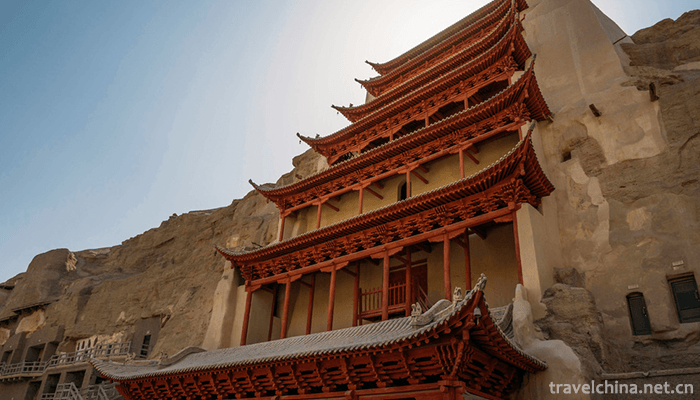


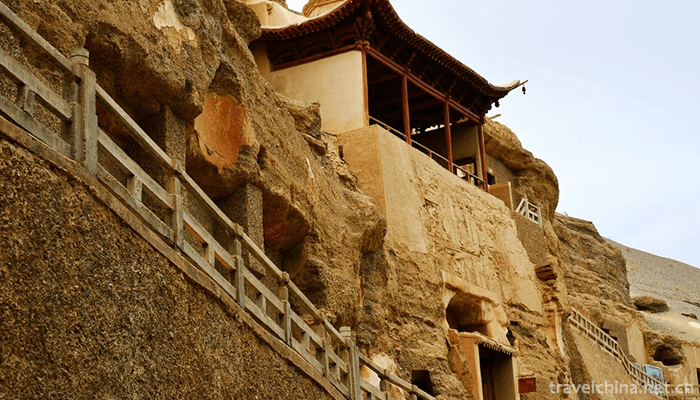
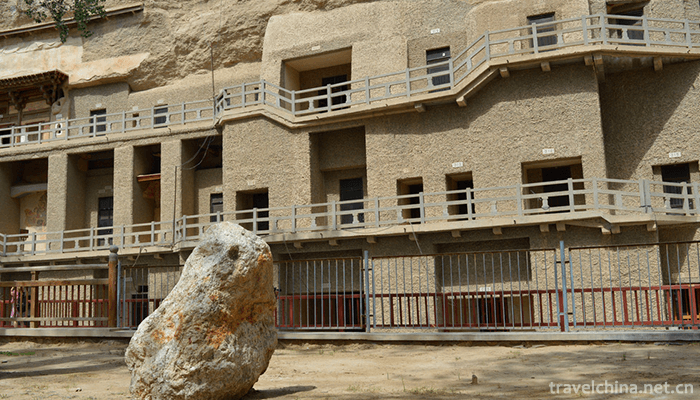


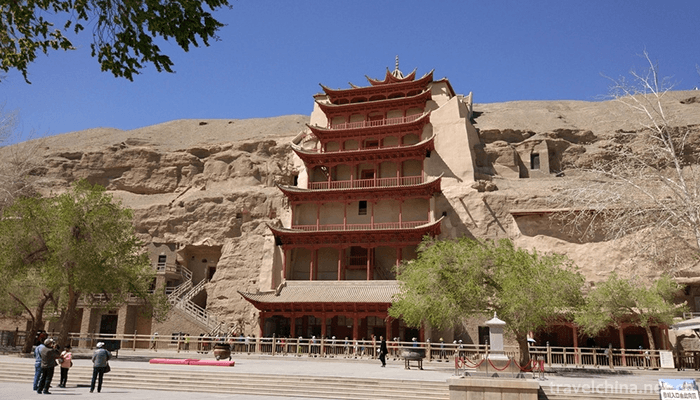
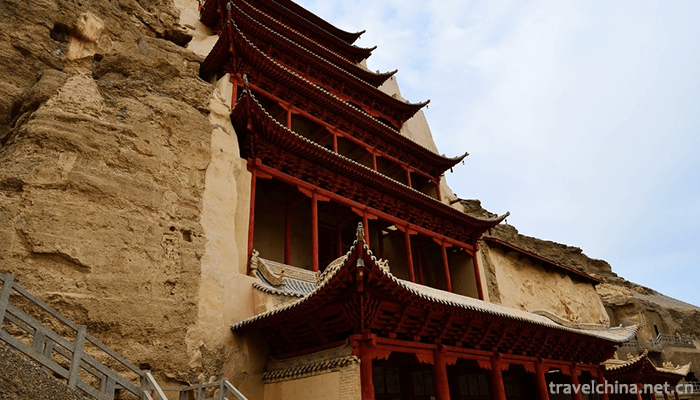
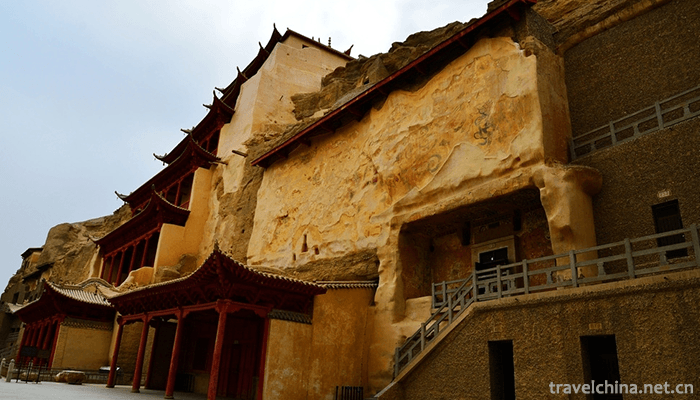
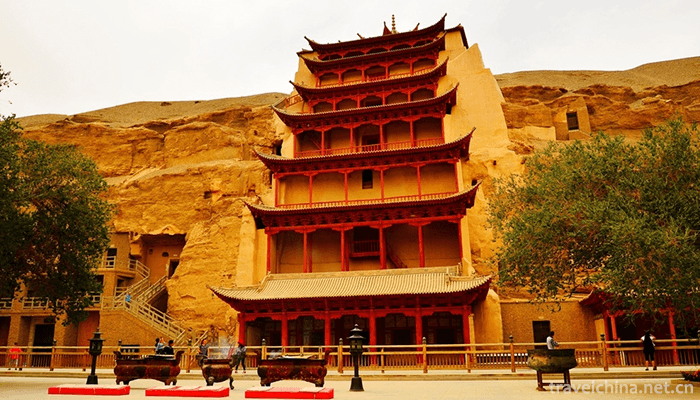
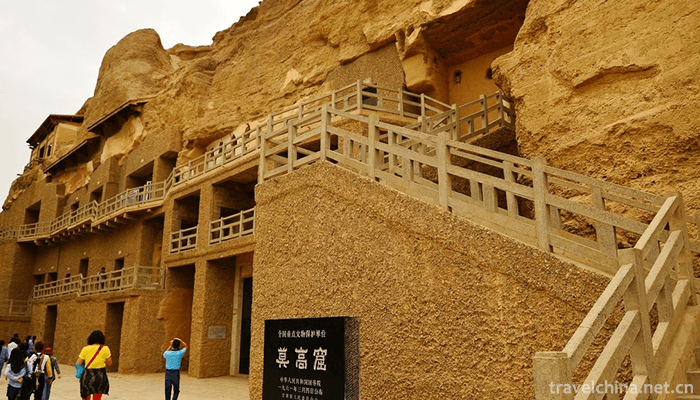

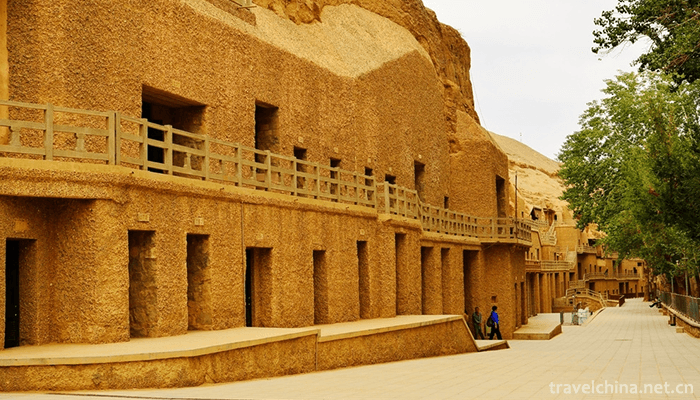
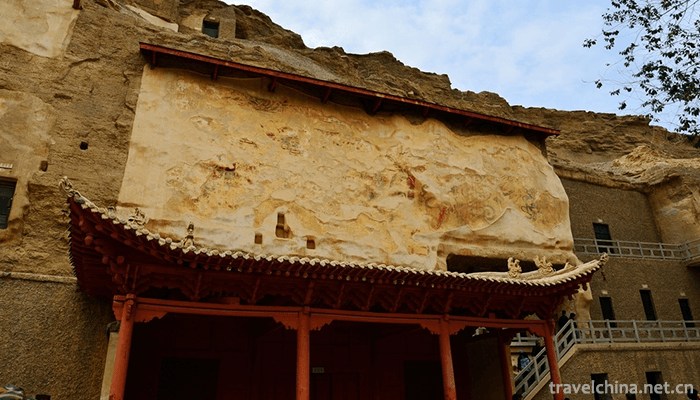
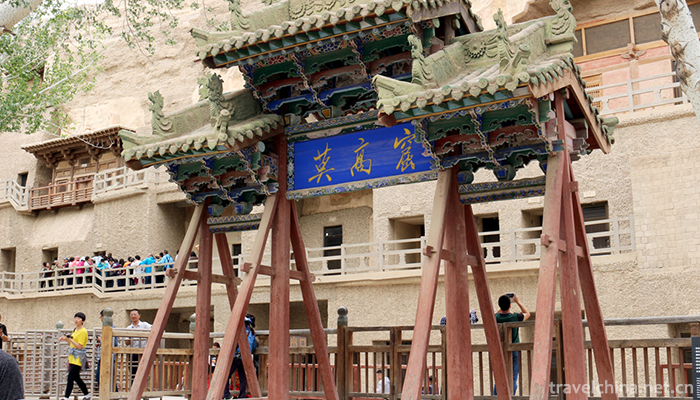
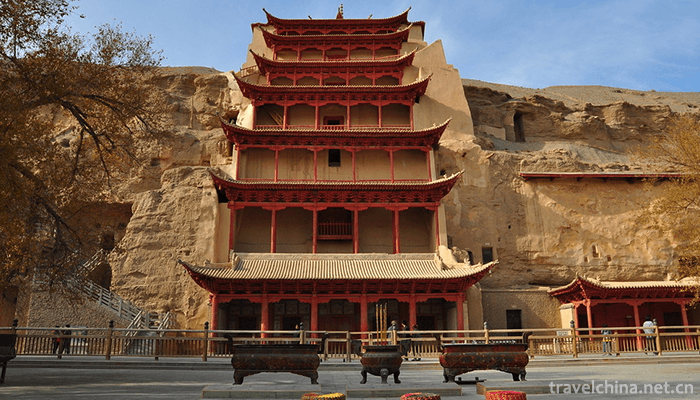
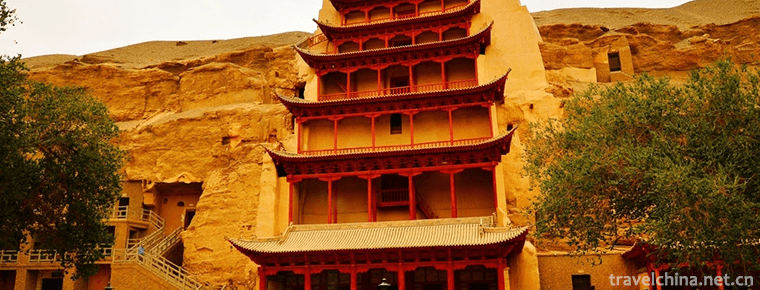
-
2.Stinky mandarin fishMarinate mandarin fish
Stinky eel, also known as Stinky Osmanthus, Barrel Fresh Fish, Barrel Fresh Fish, Pickled Fresh Fish, is a traditional Huizhou dish, one of the representatives of Huizhou cuisine.
Time 2018-11-02 -
3.The Temple House Bo she Hotel
Located in Chengdu, the Bosch is a luxury hotel with a unique style, which combines the beauty of traditional and modern design. The shape design is charming and energetic, reflecting the city's legen
Time 2018-12-16 -
4.The Siberian Tiger Park
Located on the North Bank of Songhua River, the Northeast Tiger Forest Park covers an area of 1.44 million square meters and is adjacent to the Sun Island Scenic Area. Among them
Time 2018-12-19 -
5.Chaohu Lake Scenic Area
Located in the middle of Anhui Province, Chaohu Lake is located in Hefei, Lianhuai Tongjiang River, 55 kilometers east-west, 22 kilometers South-North wide. Its perennial water area is about 760 squar
Time 2019-01-05 -
6.Guangyou Temple Scenic Area
Guangyou Temple is located in Liaoyang City, Liaoning Province, with Baita in the West and moat in the east. It covers an area of 60,000 square meters. The central axis of the north and south is archw
Time 2019-01-13 -
7.Anshun land Opera
Anshun Dixi Opera, a local traditional drama in Anshun City, Guizhou Province, is one of the national intangible cultural heritage.
Time 2019-04-01 -
8.Traditional Building Techniques of Beijing Siheyuan
Beijing quadrangle traditional craftsmanship, Beijing local traditional handicraft, one of the national intangible cultural heritage.
Time 2019-04-04 -
9.Longkou Fans Traditional Handicraft Production Techniques
In the late Ming and early Qing Dynasties, Zhaoyuan people created a new technique of making mungbean vermicelli, which was divided into three manual operation processes: powder pushing, powder leakin
Time 2019-05-14 -
10.Gong and Drum Art
Gong and drum art can be roughly divided into Yunsheng Gong and drum, Zhongzhou big drum, Ezhou brand gong, Xiaohe Gong and drum, Hanggu flying gong, Changshan battle drum, Taiyuan Gong and drum, Liji
Time 2019-05-15 -
11.Siming Nanci
Siming Southern Ci is also called "Siming Documents". A kind of traditional local folk art in Zhejiang Province. Tanci, spoken and sung in Ningbo dialect. It is popular in Ningbo, Zhejiang P
Time 2019-06-16 -
12.Chinese Qiang Museum
Qiang museum is a local ethnic Museum, located in the south of Qiangxing street in Maoxian county. It was officially opened in 1988 when the Qiang traditional festival "Qiang calendar year". It is the only Qiang Museum in China.
Time 2020-11-06